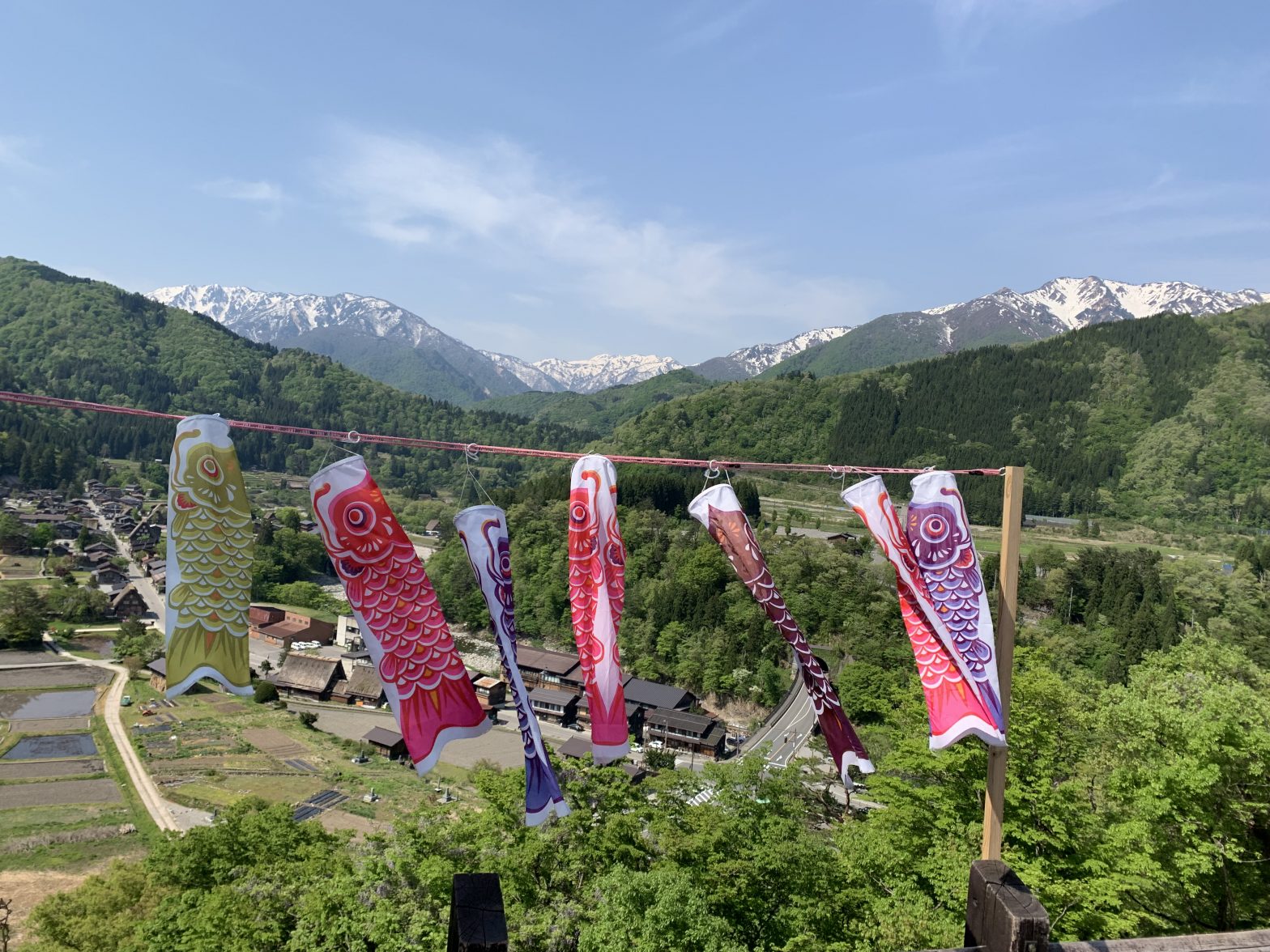I’ve now done some reading up on Japanese culture and history, so I feel slightly less ignorant than I did a few weeks ago, when I went to the National Musuem.
Ooh! It’s Morecambe and Wise, I thought –

I now know that they are, in fact, 6th Century tomb figurines.
And what I initially assumed was a statue of Windy Miller from Camberwick Green –

– is actually a nobleman in formal clothing. But in my defence, they do look very similar …

And who knew that a Satsuma glass bowl …

– isn’t meant to hold small oranges? It’s a special type of cut glass dating from the 18th Century, from the former province of Satsuma in southern Japan.
Once I’d got to grips with the rudiments of Japanese history – the different eras, the roles of the Shogun and the Emperor, the finer points of Kabuki theatre –

and the inspired, traditional practice of shutting your children in a small box –

– it was finally time to head out into the country and acquaint myself with rural Japanese culture.
I headed up into the Japan Alps for a weekend of fresh air and culture.

It’s only a couple of hours by train from Nagoya, and there are snow covered peaks and not a pair of lederhosen in sight.
Takayama is a beautiful town dating from the Edo period, which I now know was from 1603 to 1868, and it has some lovely old buildings –

– including six sake breweries – and some beautifully preserved, old merchant houses which are open to the public –

I tried the local speciality –

which is miso paste and onion cooked on a leaf over a charcoal brazier. It was interesting, but I think once was enough.
There are some famous villages near Takayama, where the houses are known as gassho or prayer-hand houses. To pray in Japan, the hands are placed together in a steep triangle, with the fingers together and the palms further apart, and the houses in these villages are the same shape –

It’s a practical design if you have to contend with heavy snow every winter. They’re nestled in a very attractive valley –

– with the snowy peaks forming a backdrop.
I was very glad to be visiting in summer and not winter, after I saw this sign on one of the houses –

The traditional toy from this area is a faceless doll, known as sarubobo or monkey baby. It has no face because you’re supposed to project your own feelings onto it, and imagine its features and expression –

I imagine this one was rolling its eyes and saying ‘OMG – another bloody tourist …’
